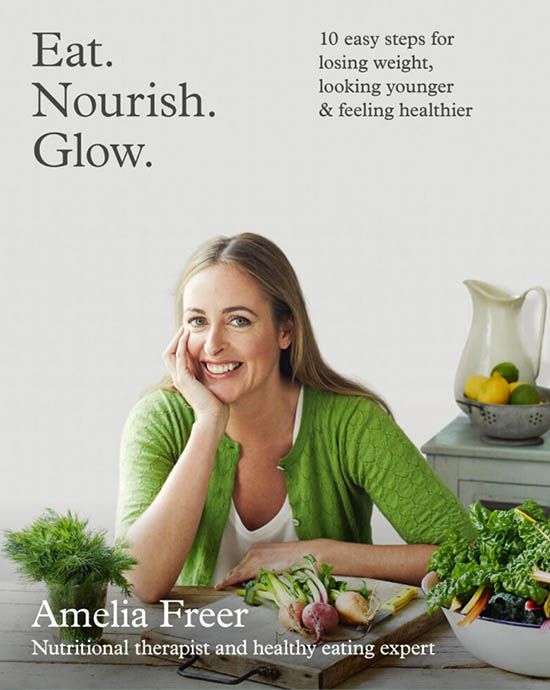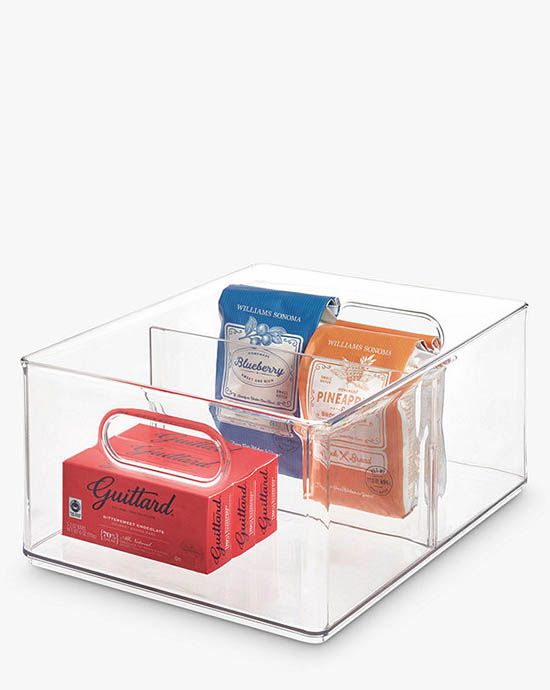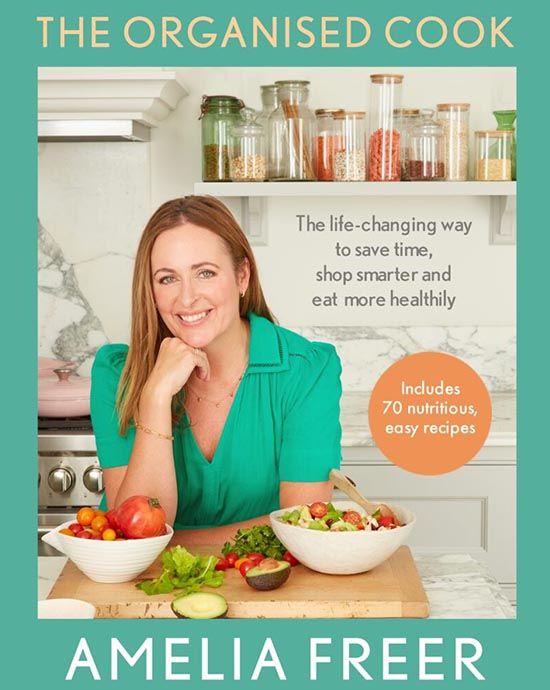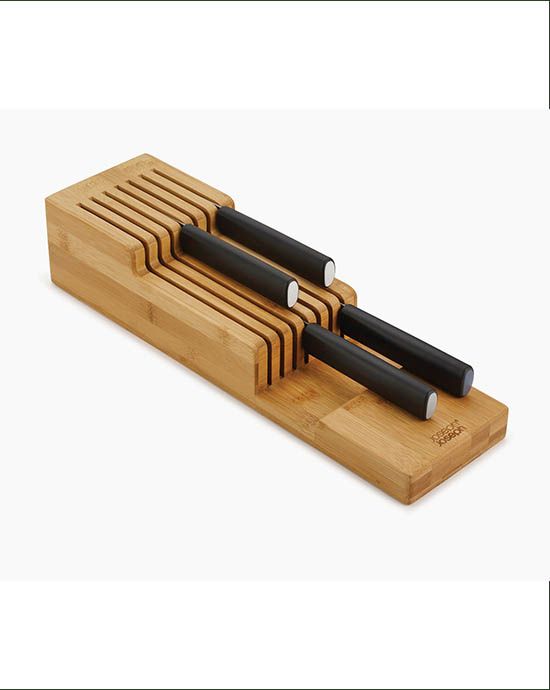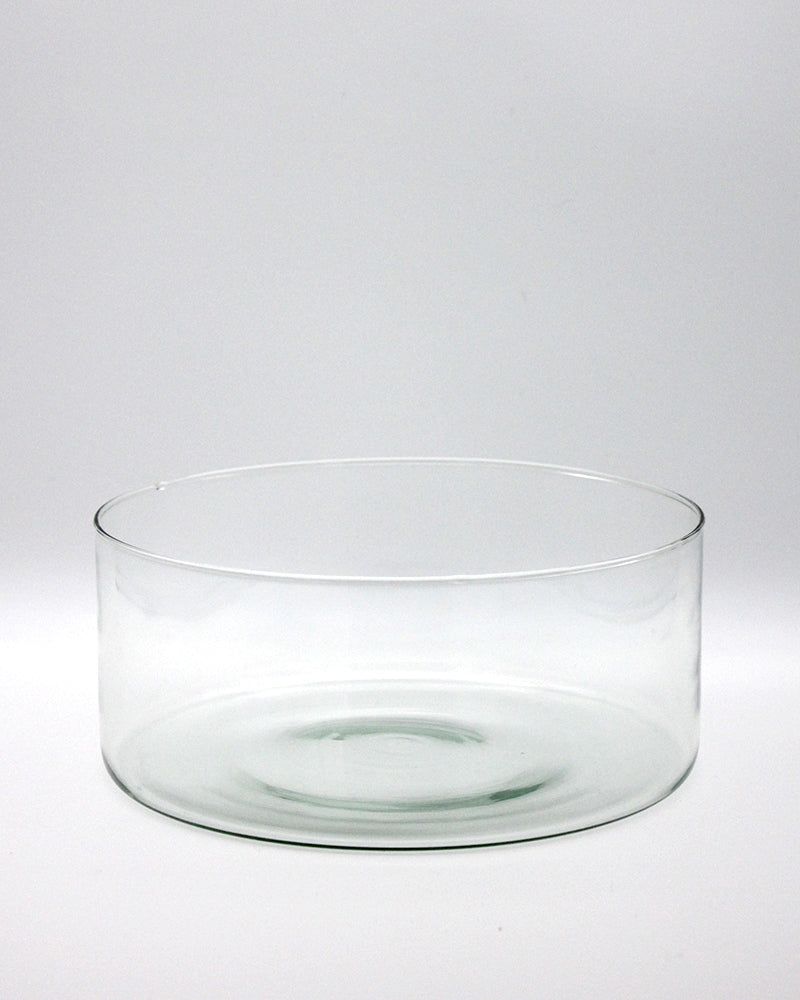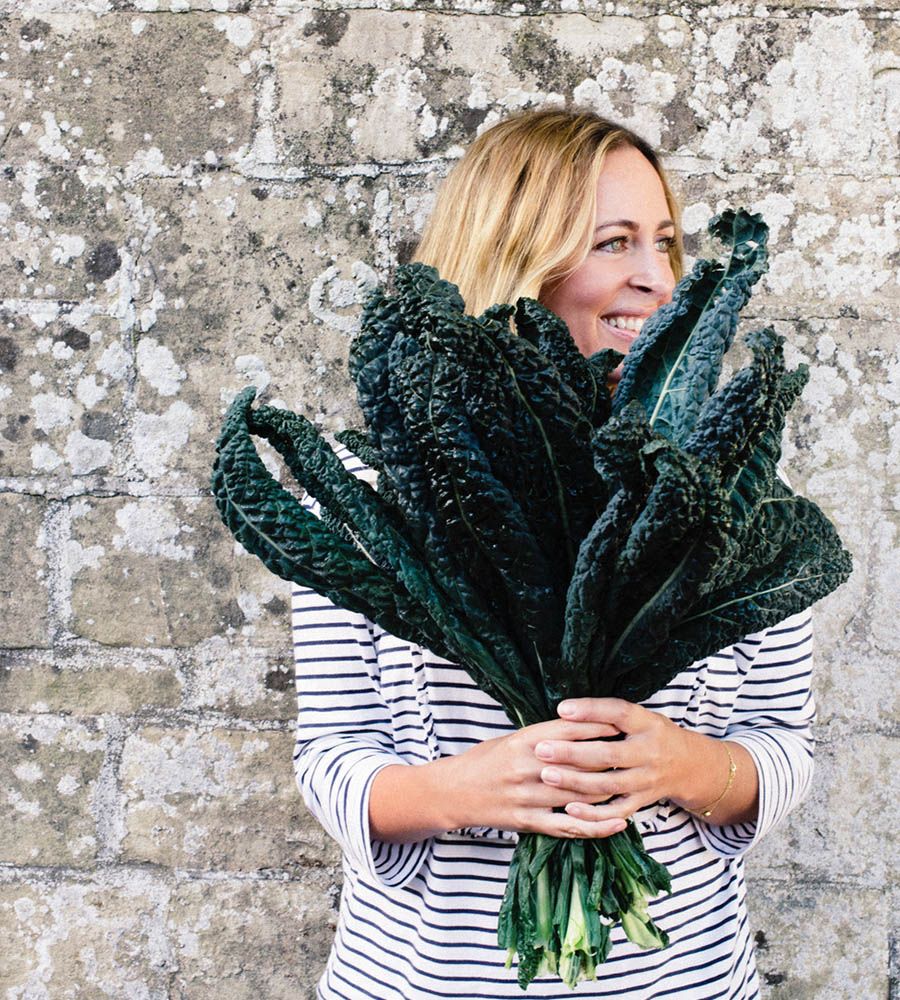
Amelia Freer on wellness that works
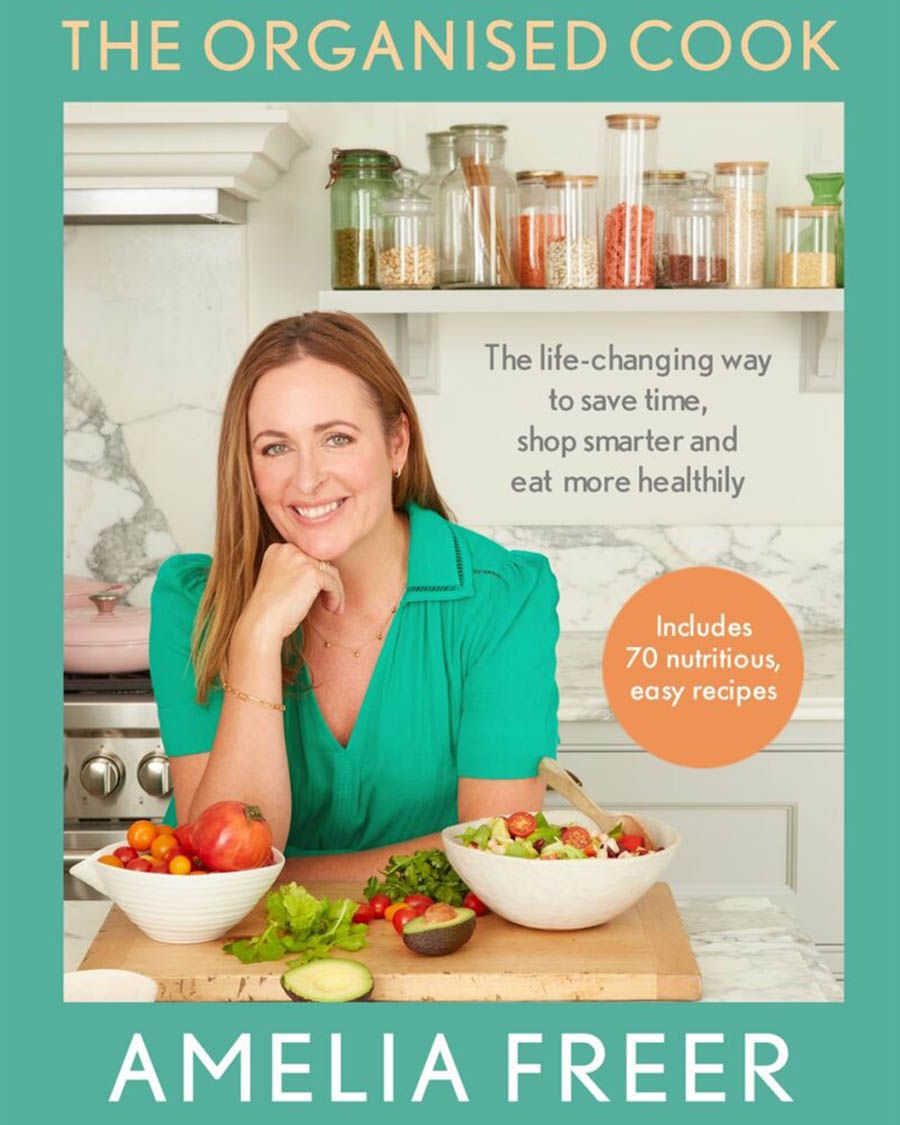
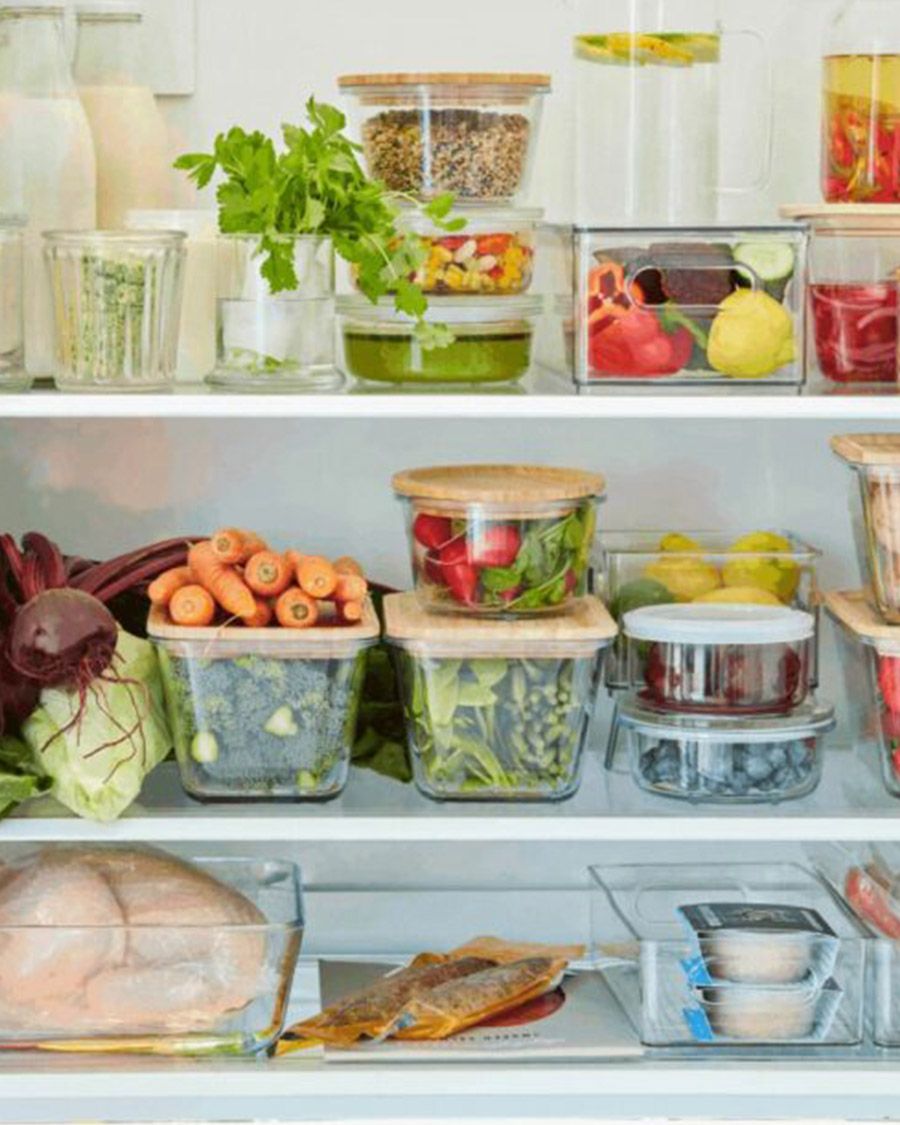
Amelia's new book The Organised Cook. Fridge organisation inspiration from the book.
I know from experience that the only way of eating that is truly effective for health is one that we can stick with most of the time for decades, not just a few weeks in January.
The Organised Cook seems somewhat of a departure from your previous books - what was the catalyst for this one?
It came about because I was hearing so often that people already knew the basics of what they wanted (and needed) to do when it comes to a healthy diet. In fact, I think that many people were starting to feel rather overwhelmed with information. But despite this knowledge, they were pretty much universally struggling with a lack of time, motivation or budget to stick with it consistently. And I know from experience that the only way of eating that is truly effective for health is one that we can stick with most of the time for decades, not just a few weeks in January. So my team and I realised there was a big disconnect between the huge shift in nutritional awareness that’s happened over the past few years, and the reality of putting all that knowledge into practical action every single day, while also juggling all the other things that we need to prioritise. We felt like a super practical, common-sense filled book that bridged that divide would be helpful – whatever dietary pattern we wanted to then follow. And that’s what The Organised Cook is all about.
Could you share any favourite chapters or recipes in the book?
I really do love to organise things, so the Organise chapter (which is all about getting your kitchen set up as efficiently and effectively as possible) is probably a bit of a favourite. In terms of recipes, I find myself cooking the one pan mushroom and leek pasta on repeat at the moment. It’s a quick and easy meal that everyone, including my 5 year old daughter, likes to eat.
With many of us feeling a little overwhelmed with the modern life juggle, what are your tips for prioritising nutrition at home?
Firstly, remember that there is no such thing as nutritional, nor indeed organisational, perfection. With the many significant challenges facing households at the moment, it’s important to start with compassion. Good enough is good enough. So if you’re already feeling overwhelmed, remember it’s OK to not try to add anything else at the moment.
However, I would say that a bit of meal planning (even if that’s just cooking enough at the evening meal to leave leftovers for lunch a couple of times a week), a little kitchen organisation (perhaps just a drawer or two to start with), and an awareness of how our shopping and food storage habits could be influencing our dietary choices can go a long way to reducing that overwhelm and boosting nutritional balance. Little steps really do add up, and this book is absolutely packed full of practical ideas and strategies to help you get started.
As a nutritional therapist, what is the number one mistake you see clients making when it comes to their nutrition?
Probably not eating protein at breakfast. Starting the day with a hit of sugary carbs and caffeine is a sure-fire way to set ourselves up for a blood sugar rollercoaster (and intense fatigue and hunger throughout the day, especially mid-afternoon). But I also know that these sugary options are often the quickest and most convenient (like pastries, toast or cereal), and that mornings are busy times. So I’ve included a few helpful breakfast recipes in this book that are easily prepared ahead, but can then be enjoyed for a more nutritionally balanced breakfast however busy the morning turns out to be.
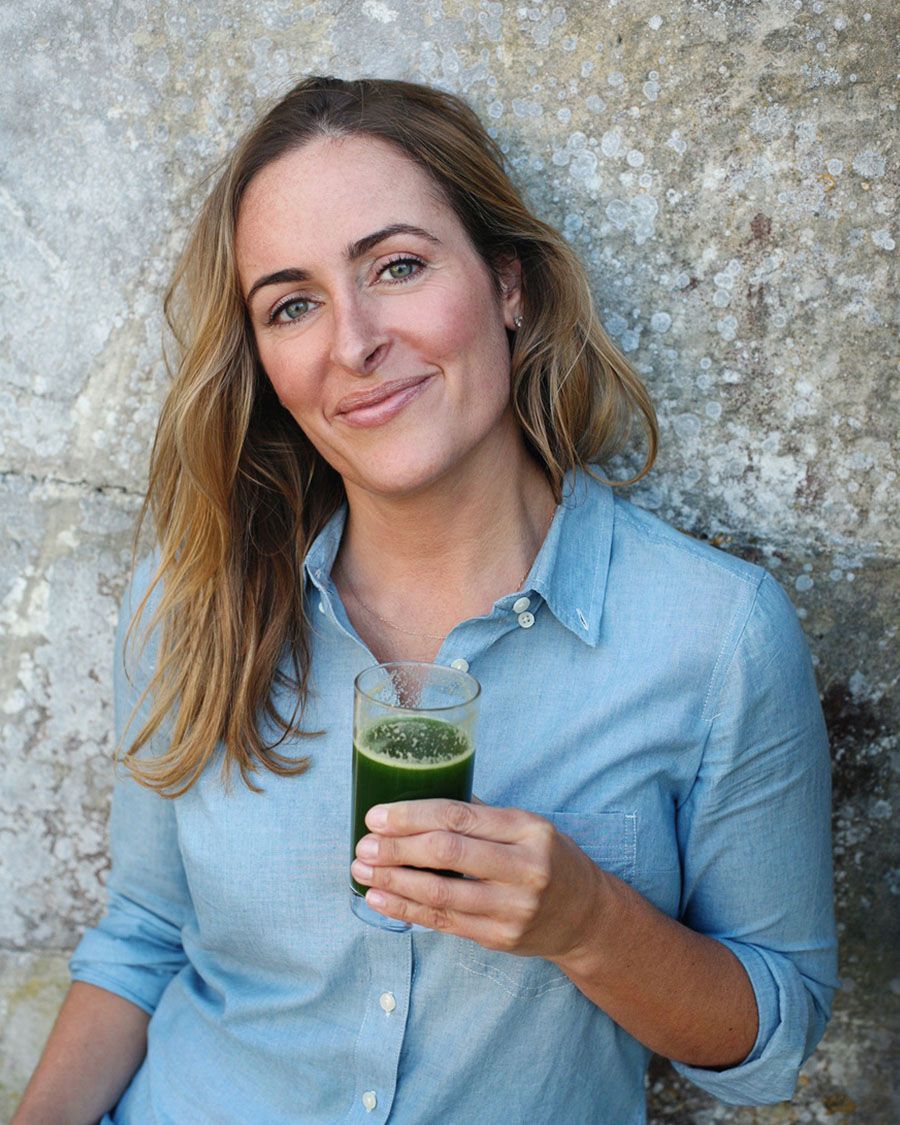
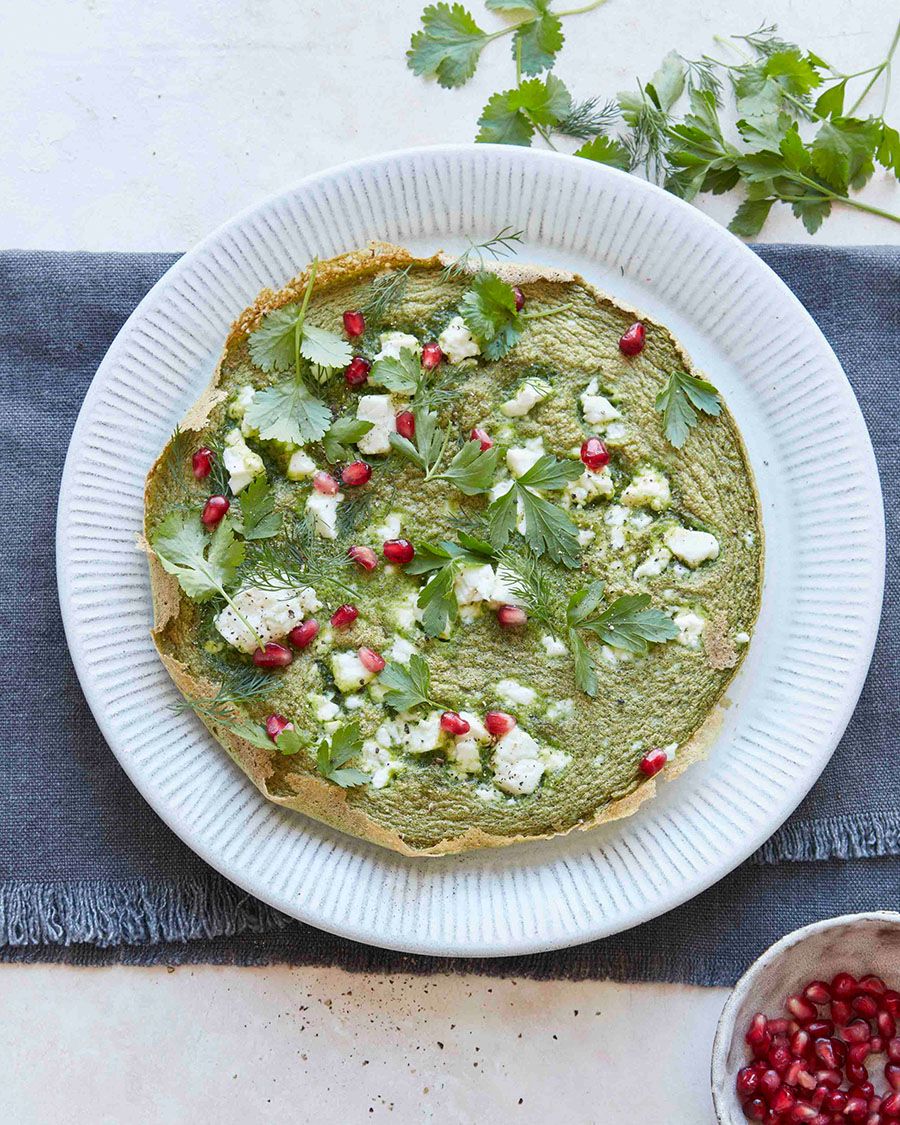
Amelia Freer; a Persian Herb Frittata recipe from The Organised Cook - find the recipe Amelia has kindly shared with us here.
Many of us shop with the best intentions but busy lives mean we sometimes have to throw out good food past it’s due date or become overwhelmed by the items we’ve bought - what’s the secret here? Is it buying more frequently or planning meals?
It’s first and foremost about meal planning, so I go into this process in great detail, sharing exactly how to do it quickly and effectively. If we know (roughly) what we are going to be cooking, then we can buy more precisely what we need – and leave the rest to be ‘stored at the store’. Then during the week, it’s really about good stock management, using things up in the right order to avoid them going off before getting to them, and being much more mindful with leftovers (or ‘planned overs’ as we call them in the book). Plus it’s really useful to have a couple of recipes up your sleeve that can reimagine all those random odds and ends left at the end of the week into something more inviting (like a veggie curry, stew or frittata). I often remind myself that food waste is not just bad for the planet and our wallets, it’s also lost potential nutrition.
What is the secret to an organised pantry?
I think the key to pantry organisation that is highly functional (rather than just for social-media aesthetics!) is to group things together in a logical manner – one that is meaningful and useful to you, that can be maintained, and that supports healthy choices. It’s then much easier to keep this up if things are labelled clearly and there is some division of the space (either with containers, shelves, baskets etc.). It doesn’t have to mean buying new things, however. Re-using and recycling jam jars, baskets, plastic trays or cardboard boxes can work to help support your new system.
What 3 items does every pantry need?
Tinned tomatoes, cannellini beans, olive oil. With those ingredients you can make an instant soup, pasta sauce, or curry / vegetables stew base (adding any vegetables leftover at the end of the week from the fridge). Of course flavours are key so I have to add in herbs and spices and items such as miso and tahini! Sorry, I can’t keep to just 3!
What’s your best 10-minute supper without having to shop?
This is pretty much how I cook most weeknights! I love the various ‘instant’ soups we’ve devised – and there are two more in this latest book. You just blend a few things together and warm through, no prep involved. Or I do lots of frittatas and various pasta-with-vegetable combinations. Again, lots of recipes in the book for those. Otherwise, I do love to batch cook for moments just like this, so I tend to have a good supply of pre-cooked meals like curries, dahls, fish pies, meatballs and soups in the fridge or freezer to pull out as needed.
What should we have on hand / in the car to feed hungry children after school?
This depends on the age, appetite, and activity levels of the child. Super-hungry teens that are off to a sports practice are going to need something pretty substantial whereas a toddler coming home from nursery might just need something small. Either way, I’d try to think about some sort of fresh fruit or vegetable (apple, banana, satsuma, carrot sticks, pepper, cucumber), some sort of protein (cheese, hummus, peanut butter, almond butter, tuna, whole nuts if they are old enough) and some sort of carbohydrate (oatcake, rice cake, bread etc.). And some water – I find that my little one is really thirsty on the way home.
What 5 items are always in your fridge?
Lemons, seasonal green leaves, feta, my homemade pickled chillis and milk (for my daughter).
Your favourite kitchen gadget and favourite pantry storage solutions?
It’s not so much a fancy gadget, but the thing that I find most useful (and love that it works so well) is my Oxo Good Grips peeler. It does what it’s supposed to do really effectively, and given how much vegetable prep I do each week, I genuinely appreciate that. This isn’t sponsored – it’s just really good.
You absolutely don’t need to buy fancy storage solutions for your pantry, but if you want to, I’ve shared 10 of my favourites in this article
Amelia has kindly shared a recipe from The Organised Cook here.
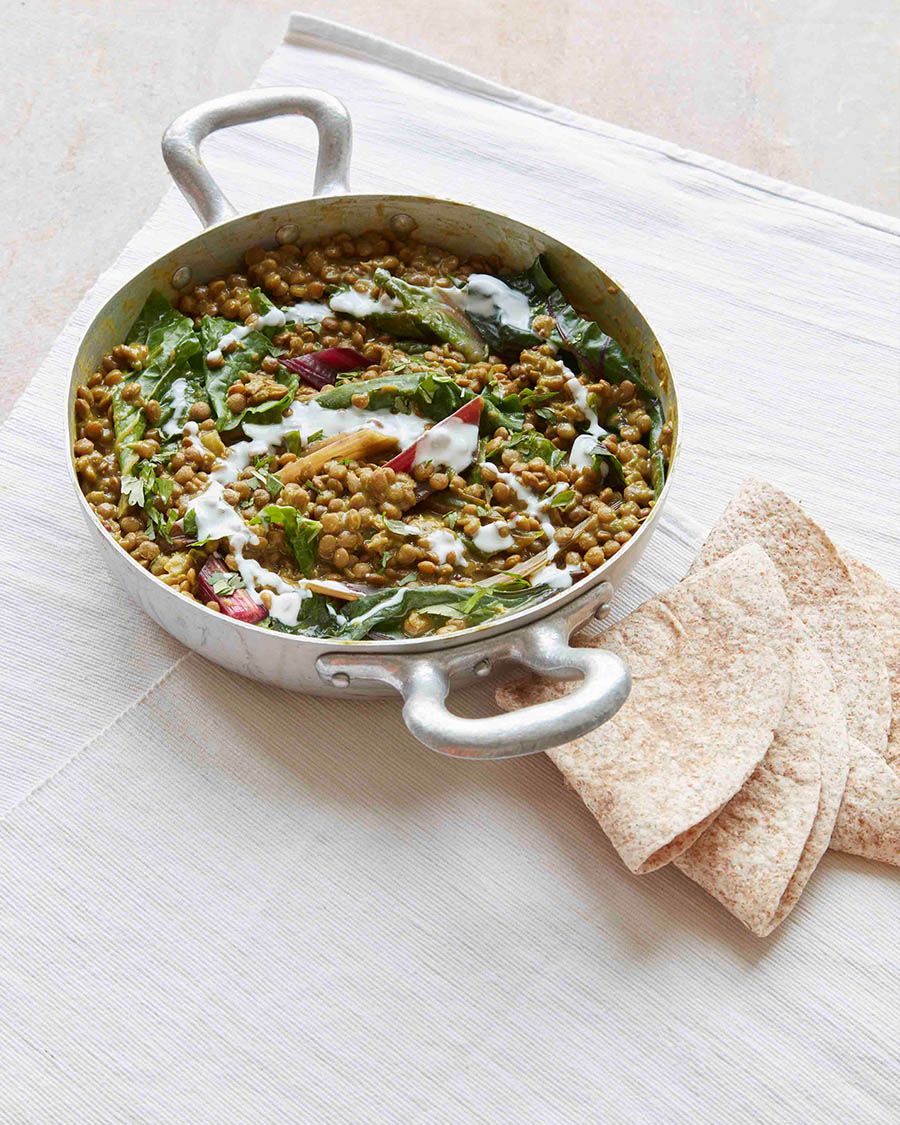
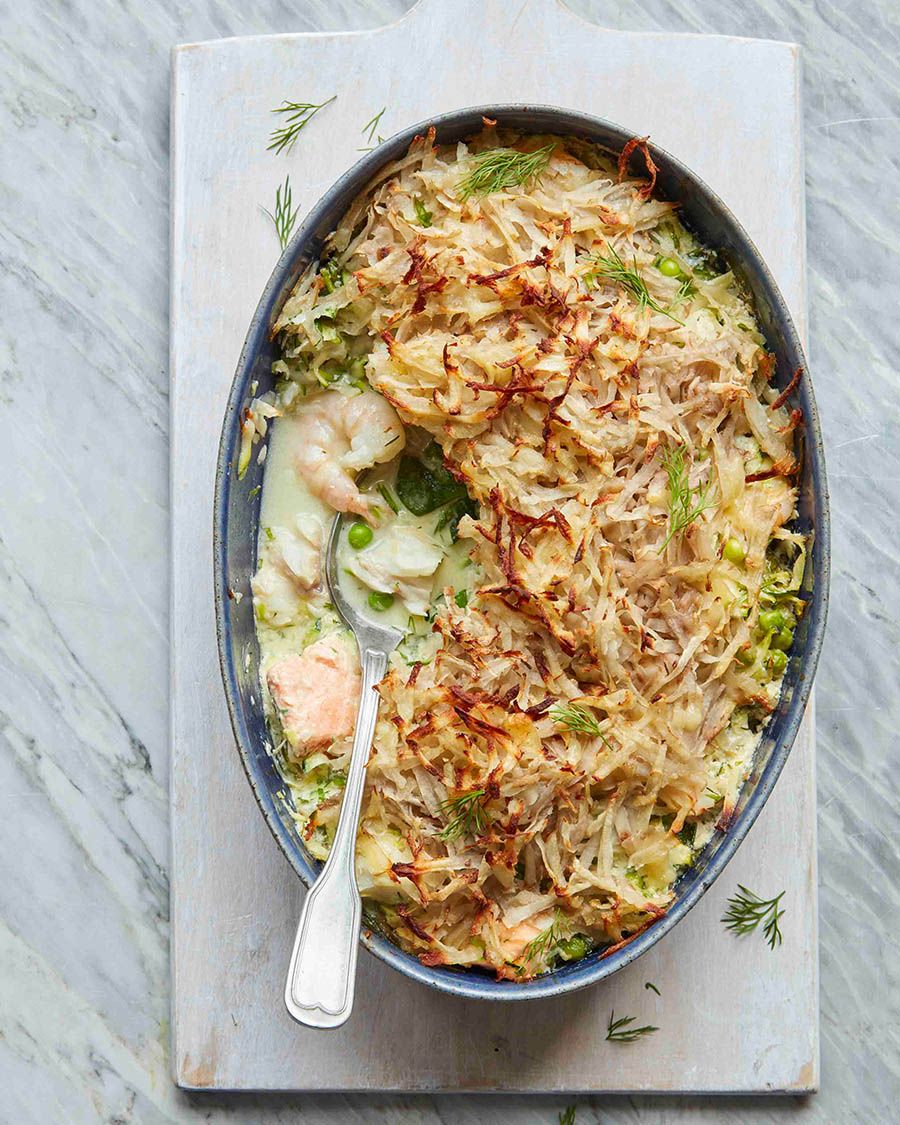
Recipes from The Organised Cook - One-Pot Lentil Dahl & Quick Fish Pie
For more about Amelia visit ameliafreer.com & follow @ameliafreer. And do order her her book The Organised Cook to give yourself the best start to 2023.

